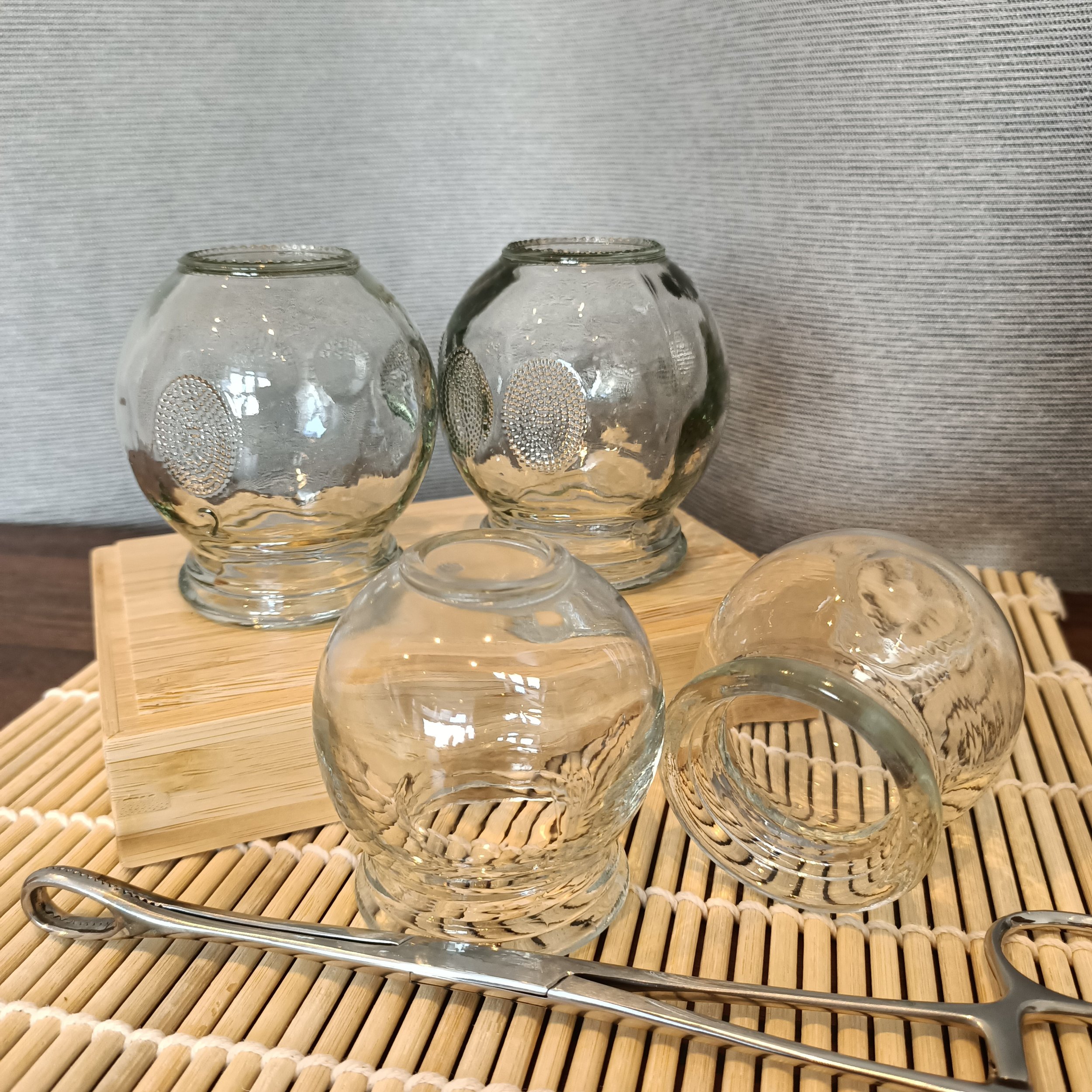What is acupuncture?
Acupuncture is a well established ancient medical system with a history of 2,500 years. It involves the insertion of fine, hair-thin needles into strategic points on the body to affect the flow of Qi (vital energy) and promote the body’s self-healing mechanism. Acupuncture is a key component of Traditional Chinese Medicine (TCM), which uses a holistic approach that all aspects of life, including body, mind, and emotion, are seen as interdependent. Its unique diagnostic method emphasises on the interrelationship of each organ and gets down to the underlying cause rather than viewing the symptoms individually.
Many people use acupuncture to support specific physical or mental health concerns, while others choose acupuncture to enhance their general wellbeing (Condition Supported).
How does acupuncture work?
Acupuncture is based on the belief that “Qi”, the vital energy, is flowing in the body following certain pathways, known as “Channels” or “Meridians.” Qi distribute nutrients to different organ systems. Along these channels lie the “Acupoints” which can affect the energy flow of corresponding organs in specific ways.
When Qi does not flow smoothly or is insufficient, the body falls into “dis-ease”. Inserting needles into acupoints can help to unblock the stagnation, replenish the energy or correct how it flows, thus restoring the balance.
In western scientific perspective…
Acupuncture can increase blood flow and improve circulation, therefore promotes healing and reduces inflammation. Researches also showed that acupuncture can trigger the release of serotonin and endorphin in the central nerve system through stimulating the nerves near acupoints, creating a rapid analgesic effect and bringing the calming sensation.
Beyond needles
Acupuncture is more than needles. Below are the auxiliary techniques that are often used alongside needling when appropriate.
Moxibustion
Involves burning an herb called moxa (Mugwort) on or close to acupoints to create a therapeutic effect. It is commonly used to replenish the energy, stop uterine bleeding and alleviate pain. It is also often used to turn a breech baby in the final stage of pregnancy.
Cupping
Involves placing briefly heated glass cups on the skin to create a suction. It stimulates the flow of blood, breaks up areas of congestion and creates an avenue for toxins to be drawn out of the body. It is commonly used to relieve pain or to expel external pathogens.
Gua sha
Involves repeated pressured strokes with a smooth edge tool along the muscles or meridians. It stimulates blood circulation and helps to clear metabolic waste congestion in the tissues. It can also provide diagnostic information.
Electro-acupuncture
Involves mild electric current passing between needles to promote circulation and tissue repair. EA can induce an analgesic effect on the nervous system. It is most well known for pain relief, but can also be used for other conditions, e.g. PCOS, IVF support.






